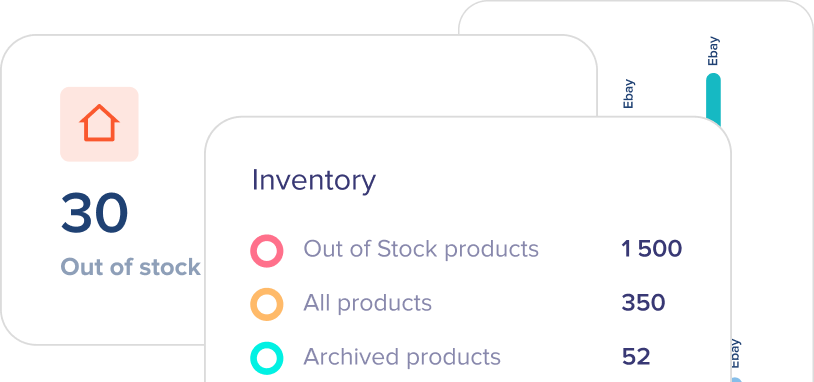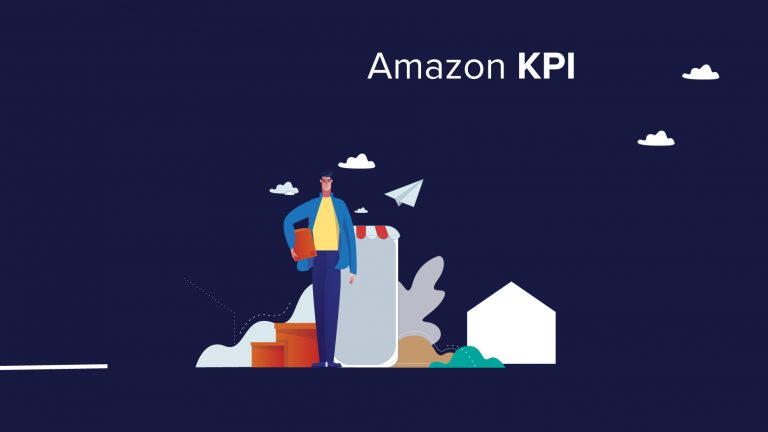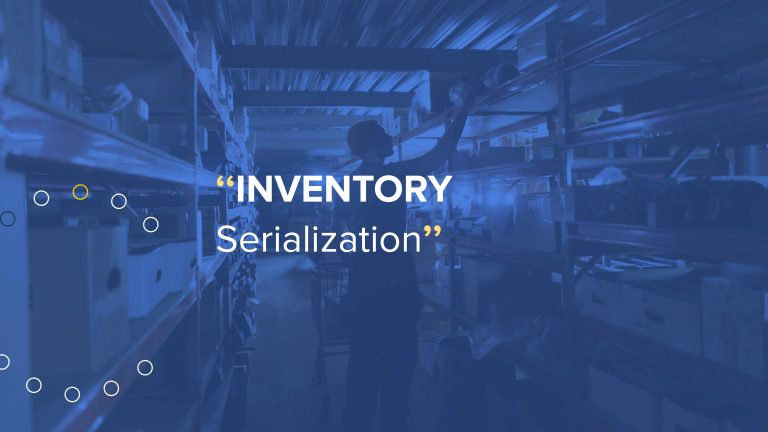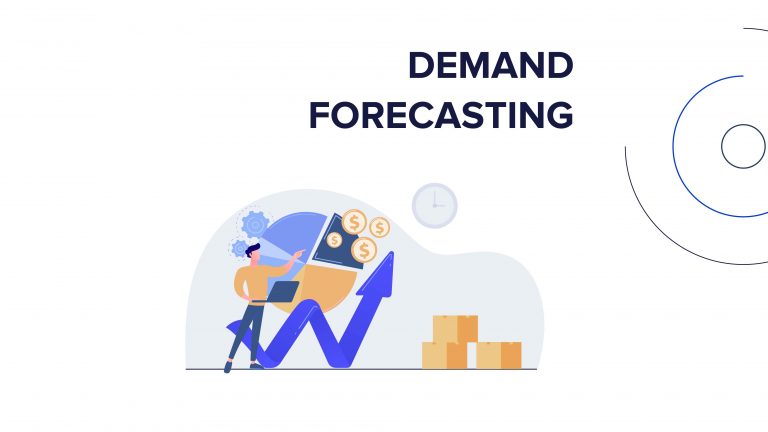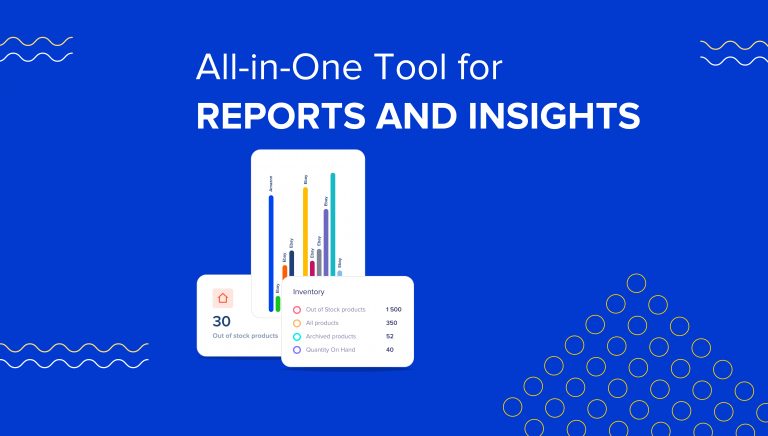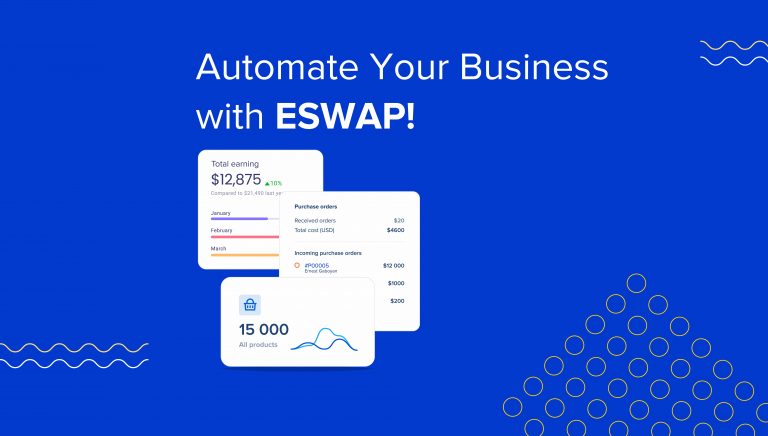Business executives sometimes take purchase orders as an unnecessary effort. They feel like verbal agreements and deals are reliable in business relations, including purchasing processes. However, that strategy is a big NO. Purchases are the highest expense for a company. So, its proper documentation is highly crucial. It helps to track orders, ensure accuracy, and in some cases, it is a requirement for external audits and internal controls.
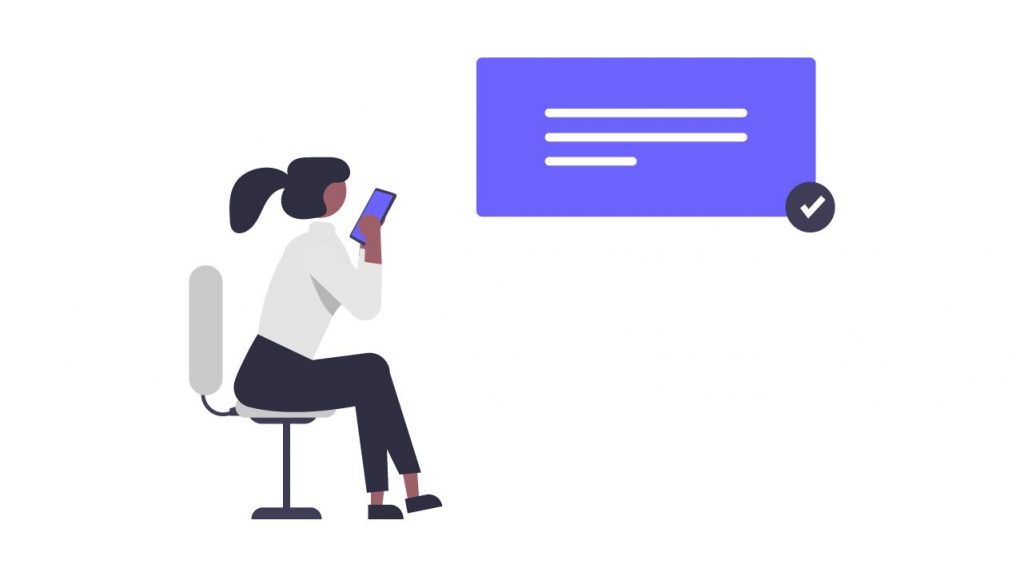
Although it is one of the critical documents, it takes time and effort, and since it does not create any direct business value, many consider it a meaningless task.
What is a purchase order?
A purchase order (PO) is a legal business document between a buyer and seller that contains the list of order purchasing items and related information, such as quantities and prices. The purpose of a purchase order is to ensure that there is no confusion between both parties about the requests and expectations.
Benefits of a purchase order
So, a purchase order is an essential business document that tracks order details from a supplier. It is not surprising that many companies made purchase orders a mandatory part of procurement policies. Let’s discuss some of the main benefits.
Tracking: Purchase orders make it possible to have on-hand information and evidence regarding purchasing activities. By having purchase documentation in detail, businesses can decrease human effort and time for future tracking.
Analysis: Purchase orders are also used for analyzing purchasing activities and trends. The organized and detailed database can support decision-making and give essential insights regarding orders.
Better business relations: Formal and factual communication is crucial in business relations. With properly and precisely documenting orders, the potential of misunderstandings between buyers and vendors will decreases. So, the cooperation will improve as well.
Evidence: As a legally binding document, purchase orders can also act as evidence in case of disagreements. For example, a purchase order states a special price on the purchase date. However, on a delivery date, the vendor updated its price list. As a buyer, you can take the PO as evidence of the agreed amounts.
Purchase Order Format
Although there are no specific format requirements for a purchase order, you can use the following guideline to get an idea of the common information of a PO.
On the top of your sheet, include your company information, such as company names and addresses of a buyer and seller, the PO identification number, and the purchase date.
APO can also specify the delivery address of the order, shipment terms, and expected delivery date.
Most importantly, a purchase order should present the order details. That includes product types, quantities, and prices.
If there are taxes and discounts applicable to the purchase, a PO should also include those.
The Difference Between Purchase Orders and Invoices
Purchase orders and invoices are confusing for some people. They are crucial parts of inventory management and procurement practices and policies, but they are not the same.
First of all, purchase invoices are created by suppliers and sent to a buyer with the order delivery. Purchase orders, on the other hand, are created by buyers regarding the order. POs are sent to the vendors before service or goods delivery.
The purpose of a purchase order is to communicate precise details regarding products or services that are the buyer agrees to buy. The Purchase order includes product or service descriptions, quantities, prices, delivery dates, etc. When a vendor receives and accepts the PO, it becomes a legally binding document between it and a buyer.
When the order is successfully complete, the seller issues an invoice. An invoice is used to request a payment or just a receipt if the payment was already made. So, the invoice, a billing document should include the corresponding purchase order number for reference.
Types of purchase orders
There are four common types of purchase orders.
Standard purchase order
The standard purchase orders are the most popular type of PO. It includes descriptions of ordered items, quantities, prices, and payment terms and delivery dates. Businesses use standard business orders for one-time purchases.
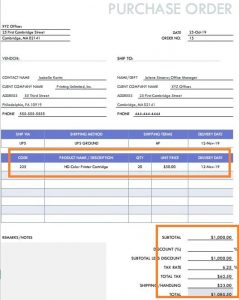
Source: European Gateaway
Blanket purchase order
A blanket purchase order is for the cases when several orders are under one order. This approach is used to apply purchase discounts.
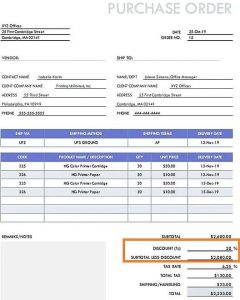
Source: European Gateaway
Contract purchase order
A contract purchase order is the most formal PO type and has the strongest legal protection. This is used when the buyer is not particular about which items and quantities will be purchased. However, there are terms and conditions depending on which in future the purchase will be made.
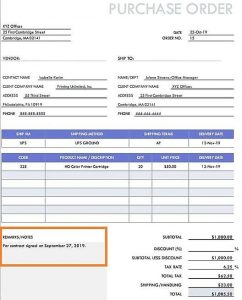
Source: European Gateaway
Planned purchase order
The idea of a planned purchase order is to estimate a company’s future needs and submit the purchase order in advance. Most of the order details are accesible. Only the delivery schedule is not specific.
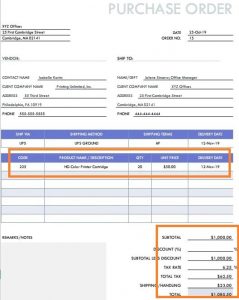
Source: European Gateaway
You can learn more about the types of purchase orders here.
Automation of purchase order creation
Creating POs manually can become a time-consuming and complicated task. There is a risk of losing some information or tracking orders and that vendors will become a big challenge for a company.
Despite all those possible complications, using purchase orders is critical for the effectiveness of procurement processes. That is why the goal should be to make PO creation and implementation as simple as possible. Businesses can achieve it through the automation of manual processes.
By automating purchase order processes, human error will significantly reduce. Automation will also help to save time and money.
Moreover, it is also beneficial from the security perspective. Hardcopies of sensitive information are not the best idea. Electronic copies of recordings by automated systems can only be accessible with digital permissions.
Last but not least, the world is trying to go green, which means that many corporations want to support environmental projects. Reducing waste is an excellent way to do that.
To sum up
Purchase orders are a crucial document in procurement processes. Businesses send it to vendors to indicate order details to save transaction details and improve communication.
